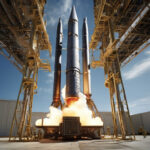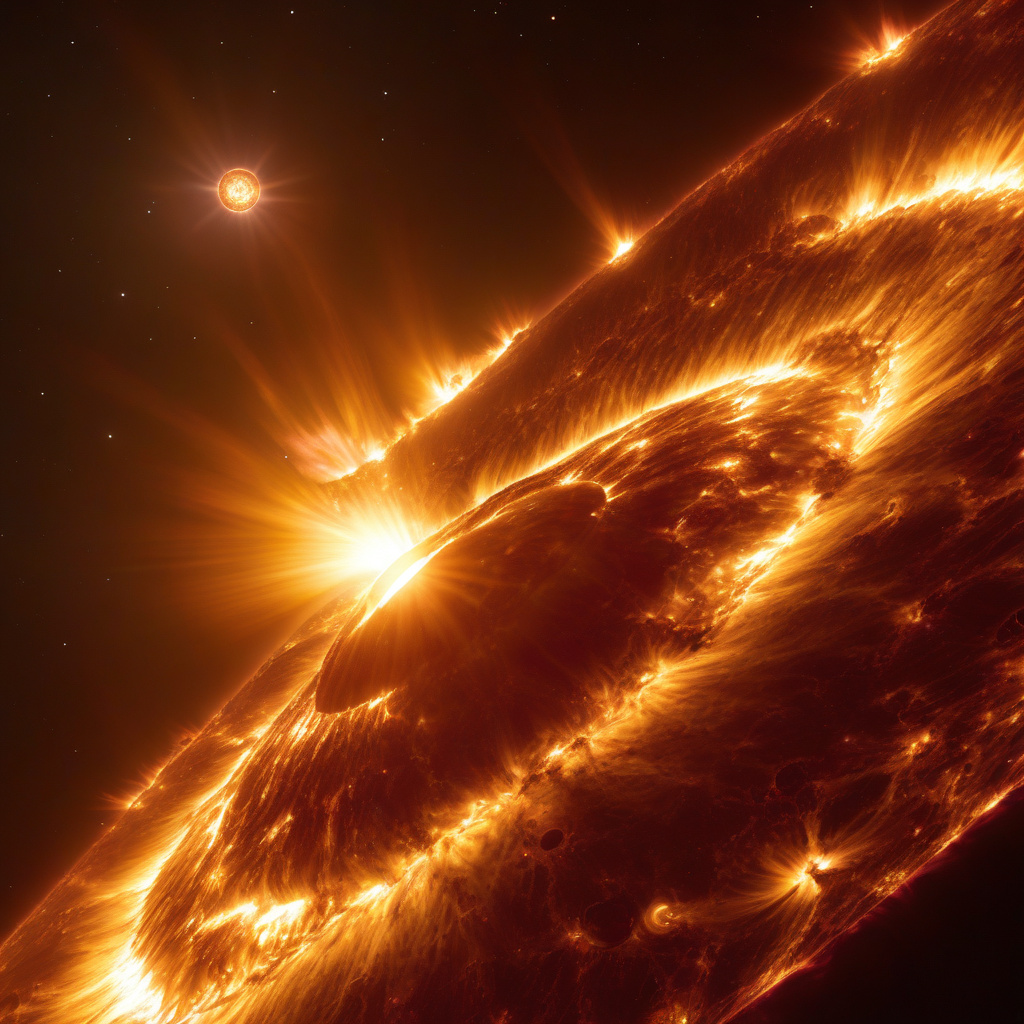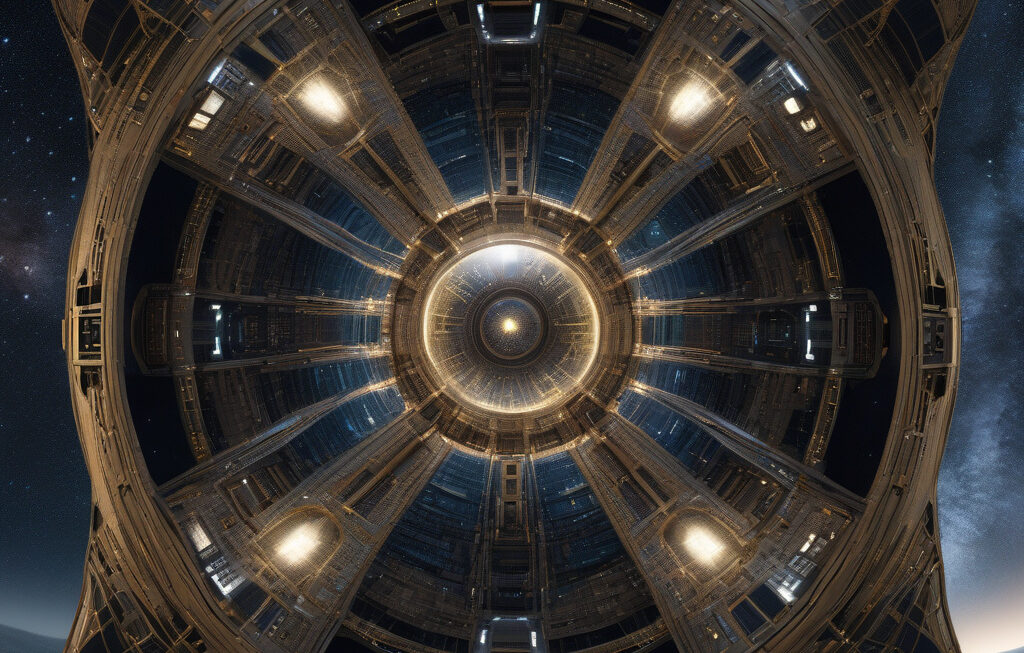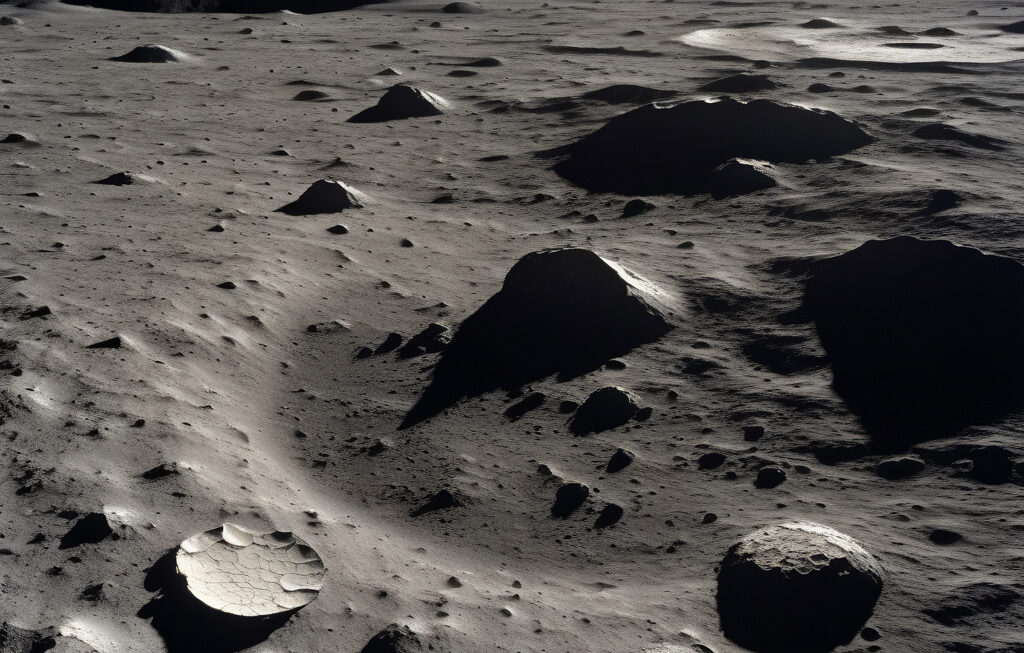Solar Orbiter Uncovers Sun’s Two Hidden Engines Firing Cosmic Electrons
The European Space Agency-led Solar Orbiter mission has traced floods of energetic electrons hurled out from the Sun to reveal the existence of two hidden engines propelling these particles into space. This groundbreaking discovery sheds light on the mechanisms behind the solar wind and offers valuable insights into the dynamics of our closest star.
The Solar Orbiter, a collaborative effort between the European Space Agency (ESA) and NASA, has been orbiting the Sun since February 2020, capturing unprecedented images and data. Among its many instruments is the Solar Orbiter Heliospheric Imager (SoloHI), which recently captured images showing two distinct types of solar wind acceleration.
One of the engines identified is located near the Sun’s equator and is responsible for expelling fast solar winds that travel at speeds of up to 500 kilometers per second. These winds are believed to originate from small coronal holes on the Sun’s surface. The second engine, found closer to the Sun’s poles, propels slower solar winds that emanate from larger coronal holes.
Understanding the processes driving these two types of solar wind is crucial for predicting space weather events that can impact technology on Earth, such as satellite communications and power grids. By uncovering the hidden engines behind the acceleration of energetic electrons, the Solar Orbiter mission is paving the way for more accurate space weather forecasts and improved space exploration capabilities.
The Solar Orbiter’s findings have far-reaching implications beyond our immediate technological concerns. By studying how the Sun releases particles and energy into space, scientists can gain a better understanding of the fundamental processes that power our solar system. This knowledge not only enhances our grasp of astrophysics but also contributes to the broader field of space science.
Moreover, the Solar Orbiter mission exemplifies the power of international collaboration in advancing our understanding of the cosmos. With contributions from scientists and engineers around the world, this mission showcases the importance of pooling resources and expertise to tackle complex scientific challenges.
As we continue to unravel the mysteries of our universe, missions like Solar Orbiter play a crucial role in expanding the frontiers of human knowledge. By peering into the inner workings of our Sun and deciphering its hidden engines, we inch closer to unlocking the secrets of the cosmos and our place within it.
In conclusion, the Solar Orbiter mission’s discovery of the Sun’s two hidden engines firing cosmic electrons marks a significant milestone in solar research. With implications for both space weather forecasting and fundamental astrophysics, this finding underscores the importance of continued exploration and collaboration in unraveling the mysteries of our universe.
solar, orbiter, sun, electrons, engines












